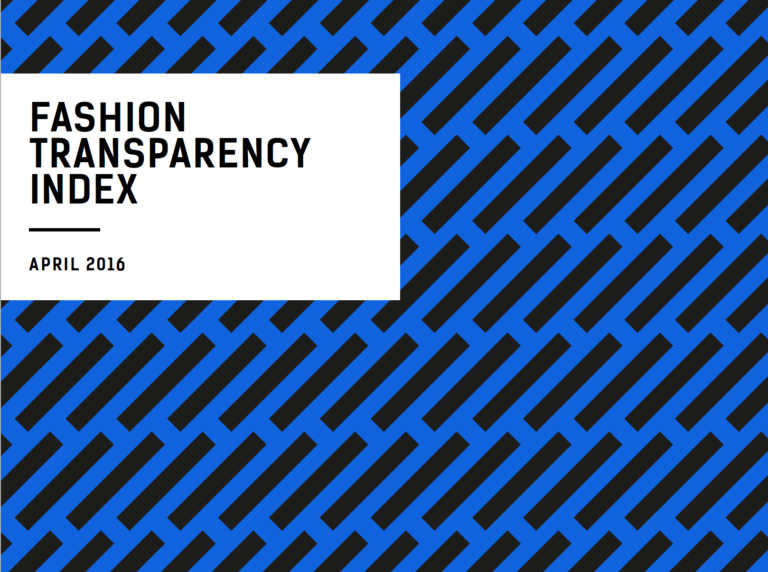Human Suffering in Italy’s Agricultural Value Chain
PublicationsThis report is one of a series of case studies to supplement the global campaign report, Ripe for Change, drawing attention to the plight of specific groups of small-scale farmers or workers in international food value chains and/or promoting succes...Read More

